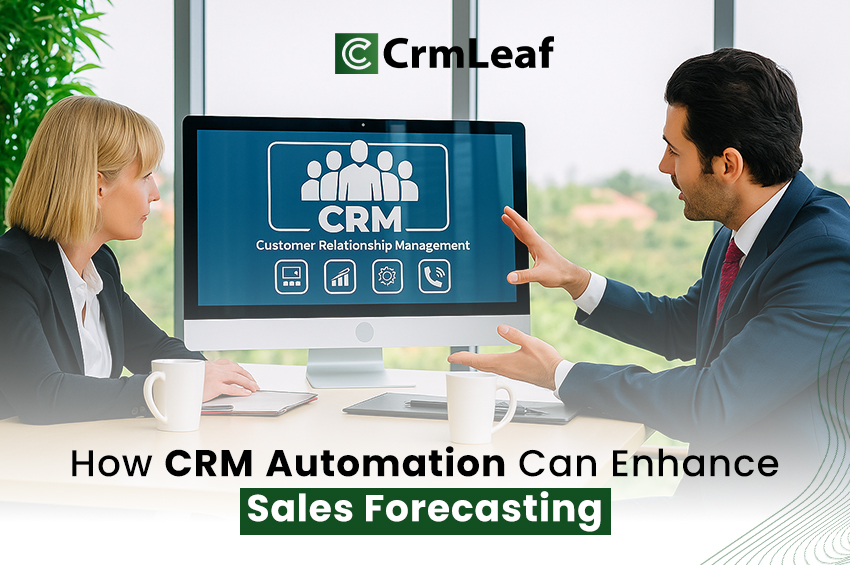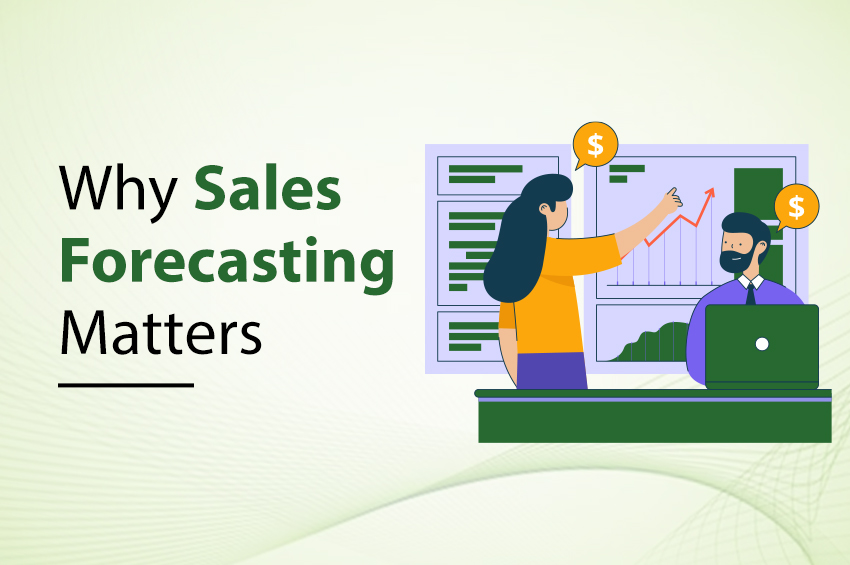Did you know 75% of quickly hired employees leave within a year? Often, the cause is poor budget planning or mismatched roles. Scaling fast can feel exciting, but if you don’t tie hiring to real financials, your headcount becomes a costly burden — not a growth asset. In this post, I’ll explain why hiring plans must align with budgets, how to build scalable hiring plans, and how CRMLeaf’s CRM + ERP platform helps you seamlessly integrate payroll integration, project capacity, and finance planning. Ultimately, you’ll unlock cost-effective growth and boost employee retention.
Why Scalable Hiring Plans Matter
When organizations expand without financial oversight, they encounter major issues:
- Budget overruns: Headcount spikes before revenue catches up.
- Operational bottlenecks: Critical roles remain unfilled or overloaded.
- Employee disengagement: Without clear growth plans, new hires feel undervalued and often exit.
These challenges hit hard in:
- Tech & SaaS: Ramping up dev teams without syncing with sales forecasting causes burnout and missed deadlines.
- Professional services: Hiring consultants before projects begin results in idle bench time and wasted payroll.
- Healthcare & Manufacturing: Hiring ahead of demand drains cash flow and disrupts compliance.
By linking hiring to forecasted revenue, headcount forecasting, and cash runway, finance leaders, HR, and department heads gain full visibility. Hiring becomes proactive — only when funds and project capacity align. With CRMLeaf, you unify HR budgeting, payroll integration, workforce planning, and project costing, eliminating guesswork and enabling sustainable growth.

Best Practices & Actionable Tips
Align Hiring with Forecasted Revenue
First, define your revenue milestones — where payouts can sustain more salaries.
- Map headcount ratios (e.g., 1 SDR per 5 deals/month).
- Create a hiring cadence, scaling roles gradually rather than all at once.
- CRMLeaf links pipeline forecasting with payroll estimates, so you can see when new hires are affordable.
Build a Headcount Forecast Dashboard
Plan hires over 12–18 months, tied to projects, budgets, and sales targets.
- Estimate full cost per hire (salary + benefits).
- Use scenario planning to simulate delays or hiring freezes.
- CRMLeaf’s dashboards visualize headcount versus cash runway, enabling data-driven decisions.
Integrate Hiring, Payroll & Finance
Capture hiring details in HR, then sync them to payroll start dates.
- Automatically convert approved offers into payroll line items.
- Forecast monthly payroll outflows and check against projected cash inflows.
- CRMLeaf’s unified CRM + ERP platform ensures new hires don’t slip under budget radar.
Stage Hiring with Conditional Triggers
Only post jobs when your pipeline > X amount and cash runway meets minimum threshold.
- Link recruiting forms to finance approval workflows.
- Automatically delay if your forecast dips.
- CRMLeaf’s workflow engine automates hiring triggers, approvals, and finance checks.
Review Cadence and Adjust
Hold monthly budget reviews with Finance, HR, and Ops.
- Update hiring forecasts based on actual pipeline and spend.
- Archive unfilled roles or shift efforts if needed.
- CRMLeaf supports iterative forecasting, giving you confidence in each hiring decision.
Monitor Key Hiring Metrics
Track cost-per-hire, time-to-fill, and ramp time for every role.
- Compare hiring velocity versus productivity.
- Analyze turnover costs to optimize retention.
- CRMLeaf captures ATS, payroll, and performance data — so HR and Finance can calculate ROI per position.
Customer Success: BrightBuild Solutions
BrightBuild — a mid-size SaaS consultancy — planned to double their engineering team in 2024. However, they lacked financial integration.
With CRMLeaf, they:
- Aligned hiring triggers to pipeline and payroll forecasts.
- Hired according to secured contracts.
Results:
- Bench time dropped 40%.
- Payroll stayed aligned with forecasts — no surprises.
- Headcount rose 80% in 9 months.
- Revenue per head increased 25%.
- Employee retention improved by 10%.
BrightBuild credits CRMLeaf’s integrated workforce planning tools and budgeting software for enabling its success.
Key Takeaways
Effective growth requires scalable hiring plans tied to budgeting, not gut feelings. Here’s what works:
- Link hiring to forecasted revenue
- Use headcount dashboards and scenario planning
- Trigger hires only when financials permit
- Hold regular review meetings
- Monitor hiring metrics rigorously
In using CRMLeaf’s unified CRM + ERP platform, you gain clarity, agility, and confidence to scale your team — efficiently and sustainably.
FAQs
Q: What are scalable hiring plans?
A: Strategic hiring timelines based on financial planning, pipeline forecasts, and resource needs.
Q: Why is tying hiring to budgeting important?
A: It prevents budget overruns, avoids idle staffing, and keeps growth healthy.
Q: What metrics should we track?
A: Cost-per-hire, time-to-fill, ramp time, hiring velocity, and retention rates.
Q: Can small businesses apply this?
A: Absolutely! Even small teams benefit from structured forecasted hiring and budget checks.
Q: How do we get started with CRMLeaf?
A: Define hiring thresholds, set up workflows, and pilot your scalable hiring plan within CRMLeaf.


